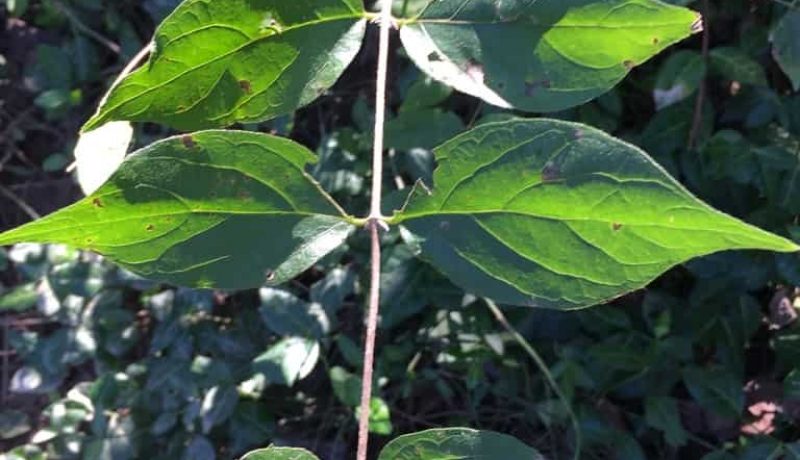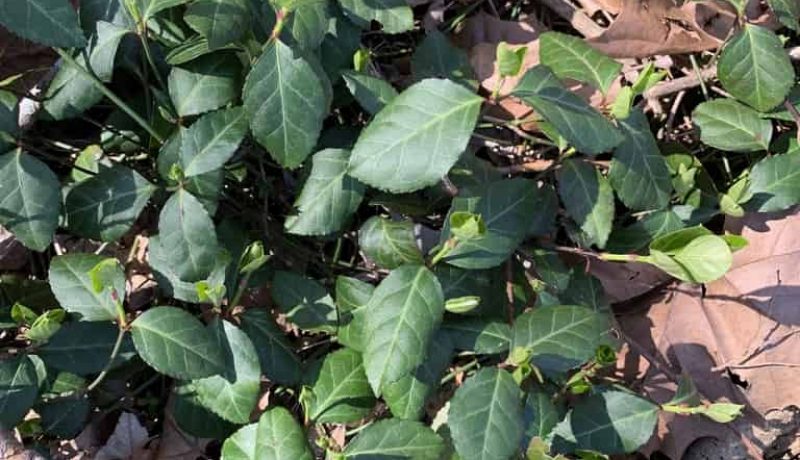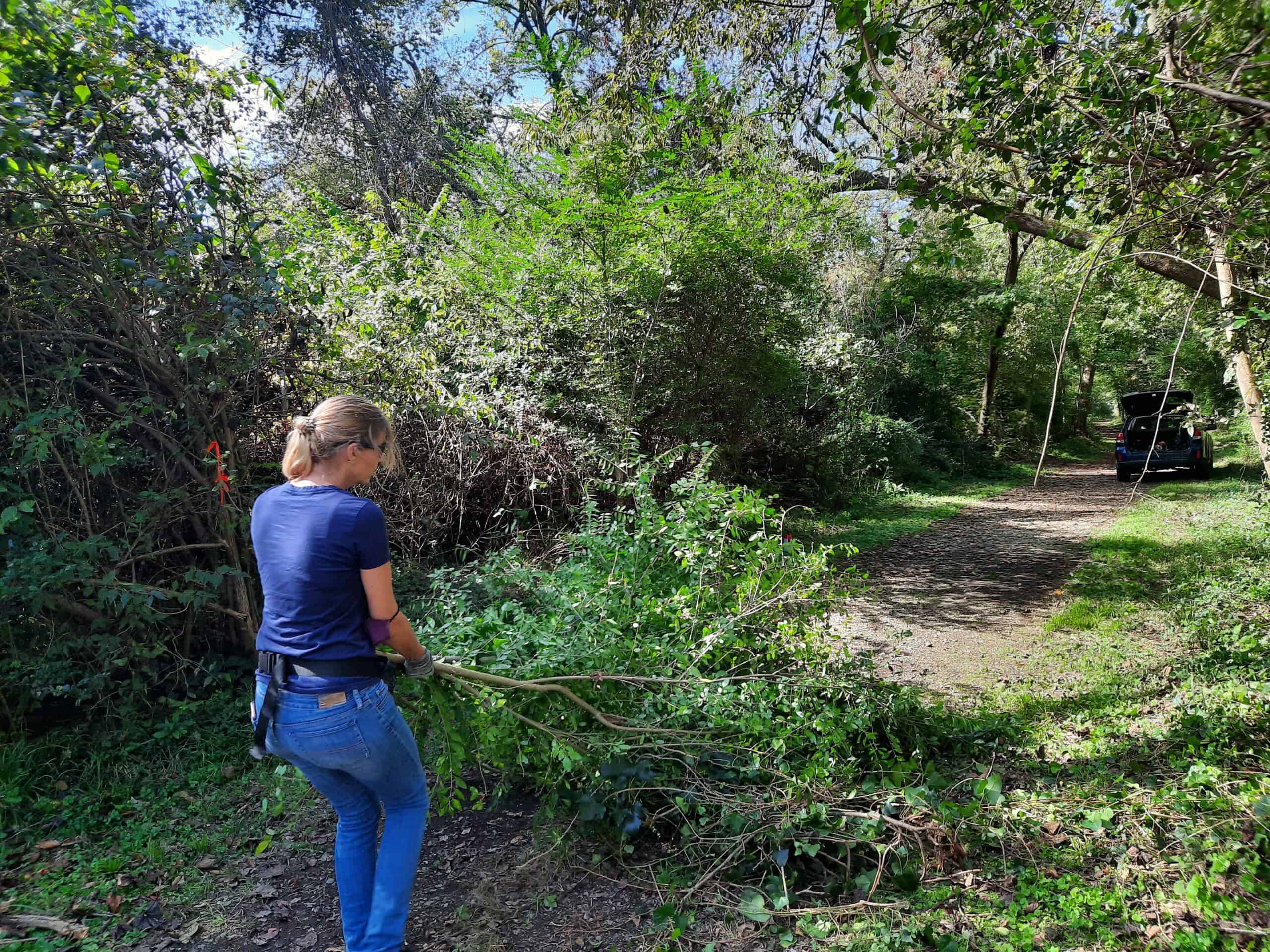Happy Native Species Awareness Week! Capital Region Land Conservancy stewards a lot of land across our conservation areas. One of the biggest threats our natural communities face is the spread of invasive species. Here are the basics of what you need to know about invasive plants to help us better steward the land we love.
What are invasive plants?
According to Virginia’s Department of Conservation & Recreation (DCR), Natural Heritage, “Invasive plants are species intentionally or accidentally introduced by human activity into a region in which they did not evolve and cause harm to natural resources, economic activity or humans.” Basically, invasives are species that are not native that are causing problems in our natural spaces.
Why are they considered a nuisance?
Invasive plants grow and reproduce rapidly, displacing native plant species, reducing wildlife habitat, and altering natural processes.
Invasive plants are able to outcompete native vegetation in an area because they have traits that give them a competitive advantage. Many of these traits unfortunately are ones that we as humans have selected as desirable traits for our homes and gardens: plants that are fast growing, evergreen, spread over large areas, produce lots of seeds and flowers, and thrive on neglect. These traits also allow them to readily escape into new environments like your local park. Some economists have estimated that all invasive species (plants, animals and diseases) cause $120 billion in losses each year! (Pimentel et al. 2005)
Which plants are considered invasive?
The official list of invasive plants of Virginia is maintained by the Department of Conservation & Recreation, Natural Heritage Division.
Some of the most common invasive species in our region include:




What should you do if you have them?
Don’t panic. On a small property, a lot of invasive control can be done yourself or by a lawn crew. But, you’ll want to learn more about the invasive plants you are dealing with first.
Blue Ridge Prism is a volunteer-driven organization dedicated to reducing the negative impact of invasive plants in the northern Blue Ridge Mountains of Virginia. They have a great number of publications on their website including fact sheets, control and management, and supplies for management.
Another great resource for general questions about invasive species, identification, and specific herbicide application questions is getting in touch with your local Virginia Cooperative Extension Office, which has an office in almost every Virginia county. Virginia Cooperative Extension (VCE) is a partnership between our two land grant universities, Virginia Tech and Virginia State University, that is dedicated to natural resource and agricultural outreach. https://ext.vt.edu/offices.html
Invasive plants are a problem at local parks. How can you get involved?
Check out the James River Invasive Species Task Force for opportunities to help remove invasive species in the James River Park System. These volunteer events are a great opportunity to get outside and learn hands-on about these plants with others who share similar interests.
What should you do after removing invasive species?
Replanting with native, local ecotype plants to your region is an essential part of the control strategy. After invasive species are removed, they can easily come back if their “parking spot” is not filled with another plant species. Plants compete for both light (aboveground) and nutrients and water (belowground), and planting natives will fill this gap. Pick resilient native plants that will be able to thrive and survive for many years to come.
Finding the right native plant for your property can be tricky, but these resources can help:
- Check out a variety of Native Plant Selection Tools that are available online as well as the Native Plants for the Capital Region Guide to get familiar with different types of native plants and growing conditions.
- Find out if your “native” plants really grow in your region with Virginia specific plant distribution maps at the Flora of Virginia or Digital Atlas of the Virginia Flora.
- Staying away from cultivars from garden nurseries, and stick with “wild type” plants from local native plant growers.
- Sustainably sourced plant materials are essential. Ask your plant grower how their plant materials were acquired. It is never acceptable or legal to harvest any type of plant material from protected lands even if they are open to the public without a permit.

Ashley Moulton
CRLC Land Conservation Specialist

